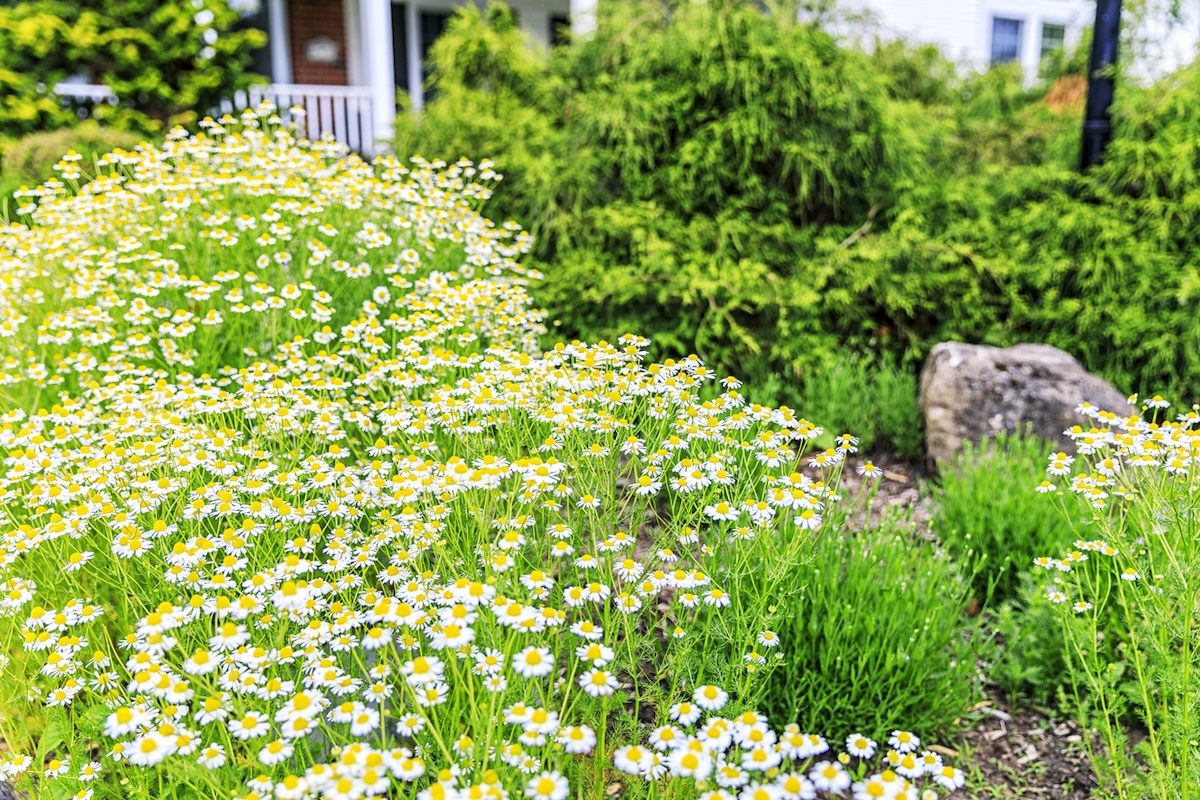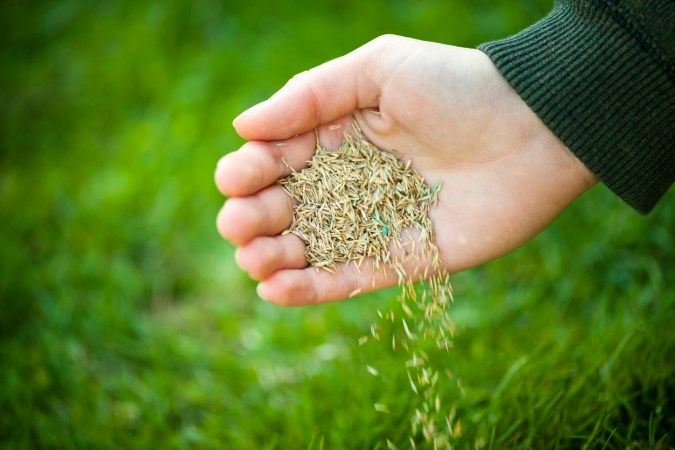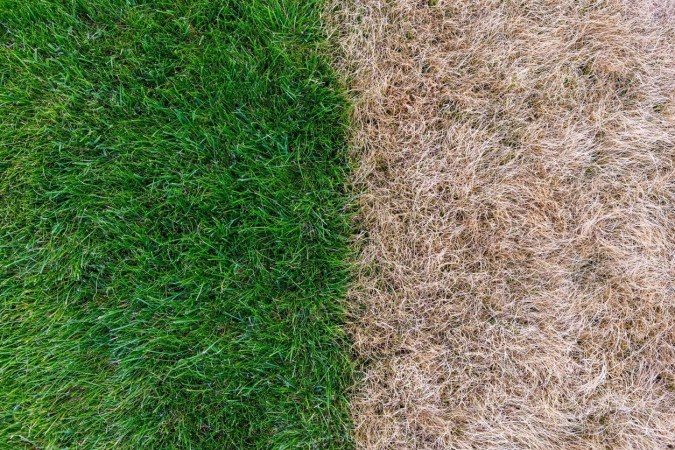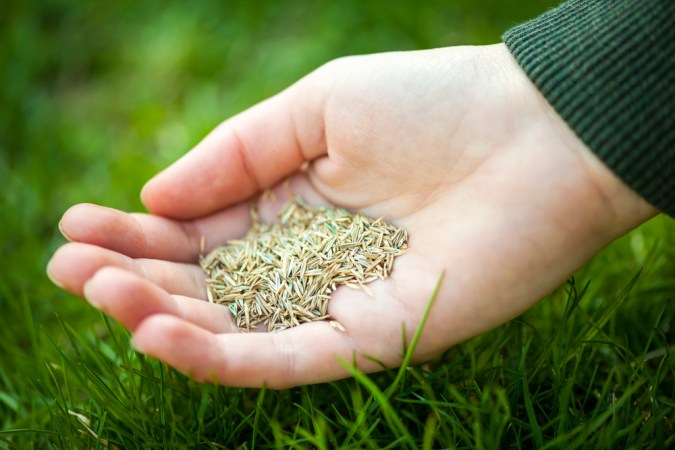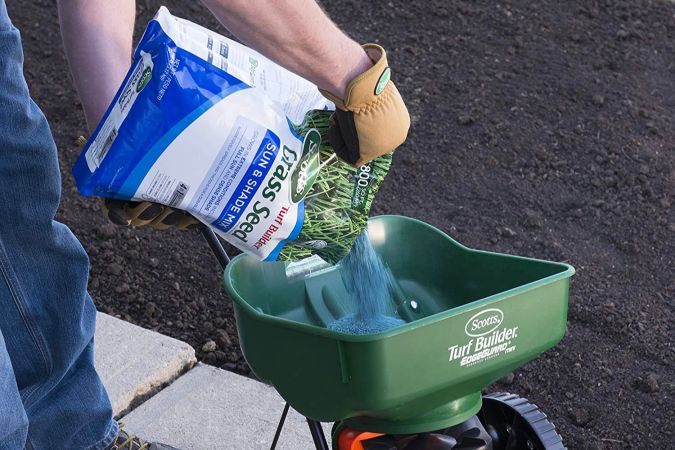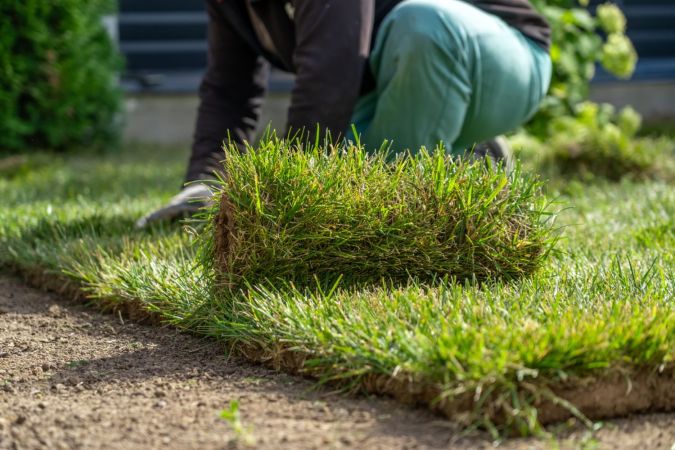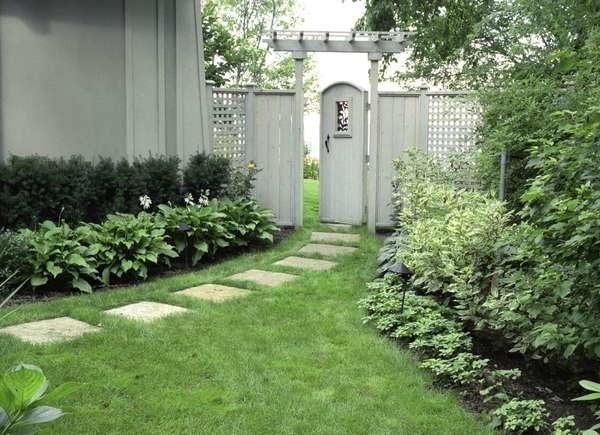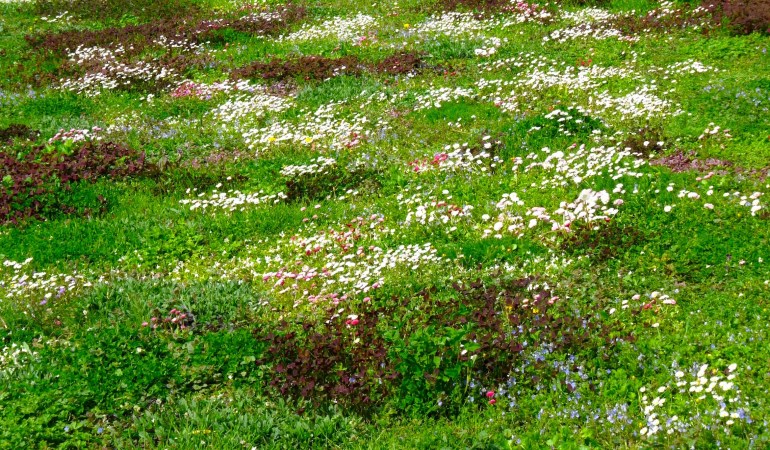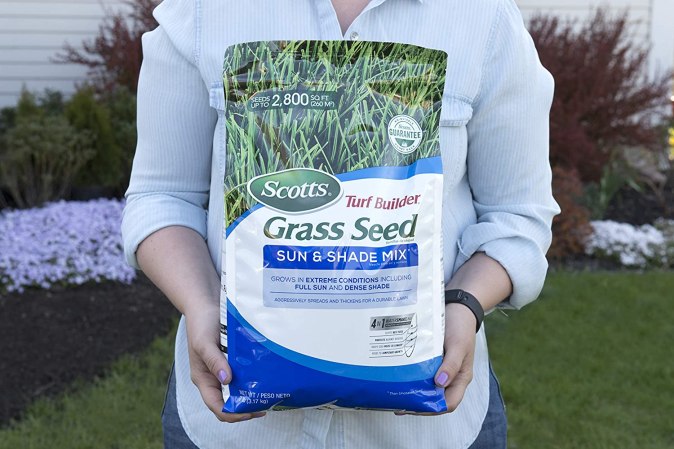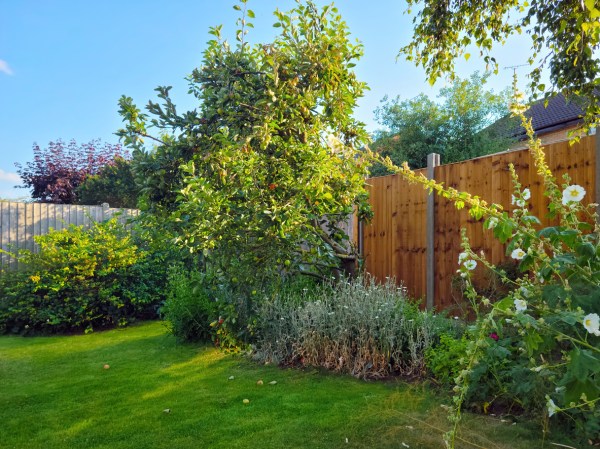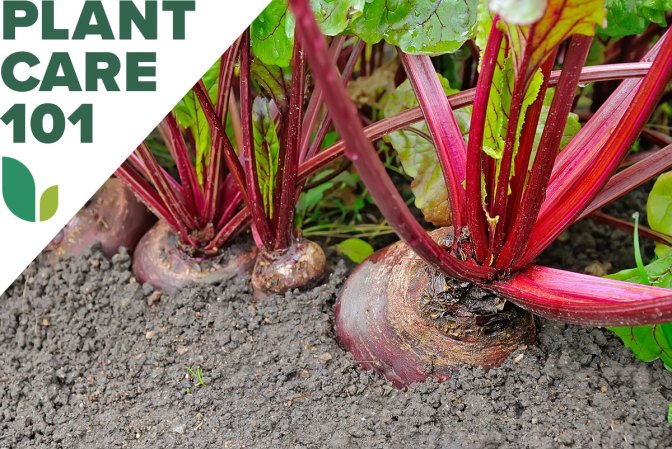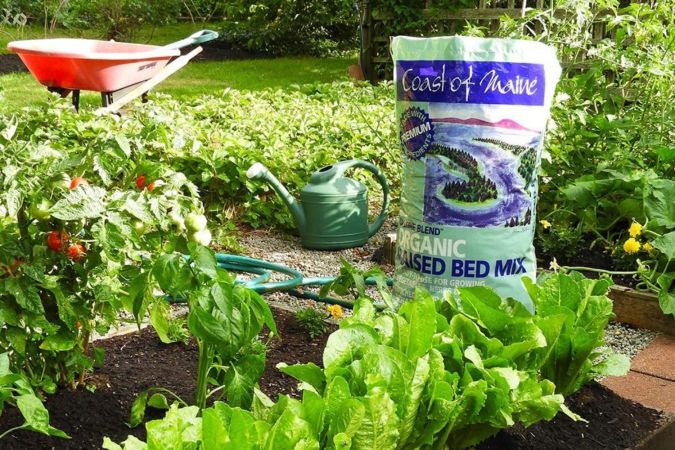We may earn revenue from the products available on this page and participate in affiliate programs. Learn More ›
Known as a medicinal herb, a cosmetic ingredient, and a flavorful tea, chamomile also is an excellent plant to grow as a low-maintenance lawn. A chamomile lawn can produce small, white, daisy-shaped flowers in late spring and summer. When stepped on, those flowers emit a pleasant fragrance. Chamomile harvesting also provides the main ingredient for herbal tea.
With the rising popularity of eco-lawns, which rely on sustainable grass alternatives that require less mowing, watering, and fertilizing, growing chamomile in place of turfgrass makes sense. But, despite the benefits of chamomile cultivation, this grass alternative lawn isn’t for everyone or everywhere.
Benefits of a Chamomile Lawn
Like many other grass alternatives, when grown as a lawn, chamomile offers several benefits. Because it needs minimal mowing, watering, and fertilizing, the lawn’s reduced maintenance requirements can save time and money and decrease greenhouse gas emissions.
“Chamomile lawns offer a low-maintenance alternative to traditional grass, especially for areas with light foot traffic or difficult mower access,” says Evan Torchio, founder and CEO of Tree Menders in Toronto. “They look just as green as grass, but require far less cutting. Plus, they release a delightful apple-like scent as you walk by.”
Whether planted as part of a tapestry lawn or on its own, chamomile flowers can attract pollinators, including bees and butterflies. These insects are necessary for our survival, but are facing dwindling numbers due to habitat loss and pesticide use. Chamomile’s ability to attract pollinators is especially beneficial when planted near home vegetable gardens to help ensure fruit production.
“While chamomile won’t stand up to regular foot traffic, it will grow in dense, weed-repellent mats and provide you with beautiful, fragrant blossoms in the spring”
— Rafi Friedman, president of Coastal Luxury Outdoors
Types of Lawn Chamomile
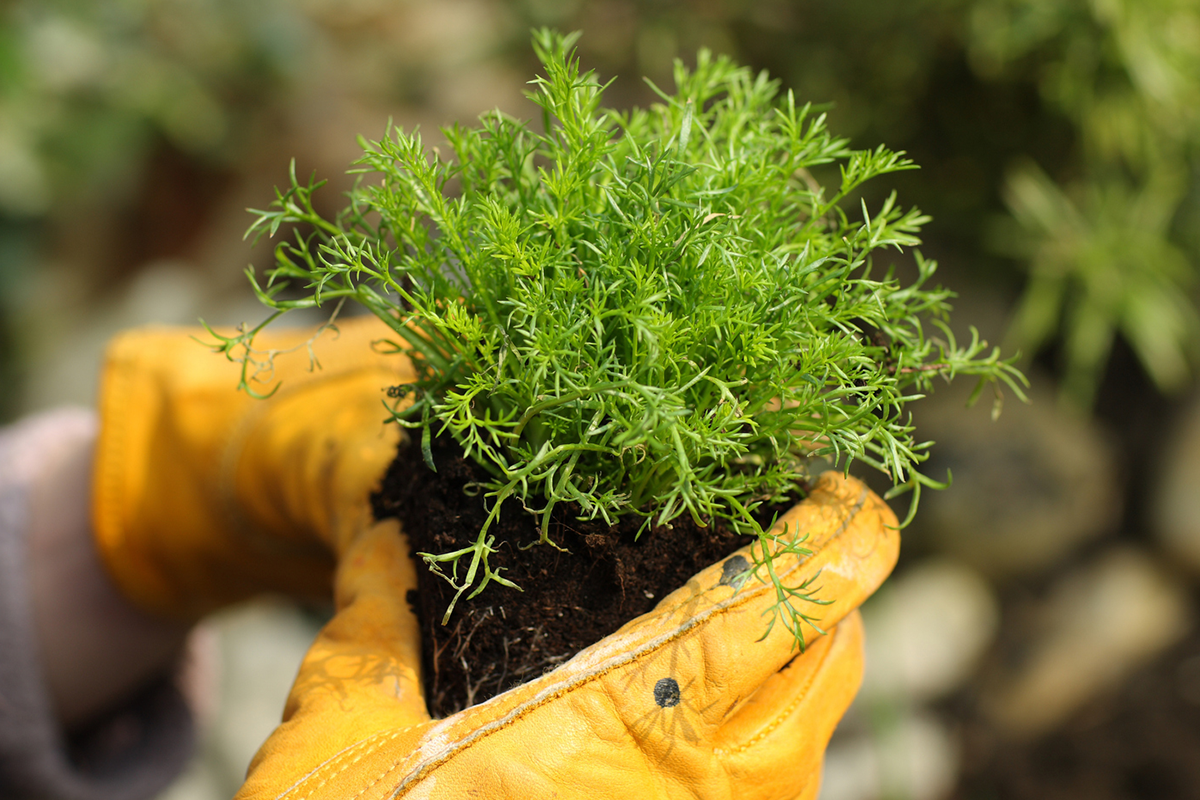
There are about 25 species of chamomile, with the main two types being Roman and German. Treneague, a type of Roman chamomile, is the most common one used for lawns.
Consider the types when selecting a chamomile lawn, since some are more low maintenance, while others will produce fragrant flowers. Also, consider the location and use of the lawn area. “While chamomile won’t stand up to regular foot traffic, it will grow in dense, weed-repellent mats and provide you with beautiful, fragrant blossoms in the spring,” says Rafi Friedman, president of Coastal Luxury Outdoors in Florida.
Roman Chamomile (Chamaemelum nobile)
Roman chamomile is a perennial renowned for its pleasing fragrance and low-growing, creeping habit of spreading by rooting stems. It prefers full sun to partial shade and dry or sandy soil in USDA Zones 4 to 9. Daisy-shaped white flowers bloom on feathery foliage from early summer through early fall.
“Roman chamomile is usually the best choice [for a lawn], as it grows into a dense, close-knit carpet that can rival turfgrass,” says Jeremy Yamaguchi, founder of Lawn Love.
In particular, Treneague chamomile produces dense foliage for a more typical manicured look. Specifically developed as a lawn chamomile, its creeping foliage is fragrant, but the plant produces no flowers. Growing up to 4 inches tall, it can spread 18 inches wide in Zones 4 through 11 to produce a carpet effect. It’s a popular choice, says Torchio. “However,” he adds, “this variety doesn’t tolerate heavy foot traffic and can become patchy.”
German Chamomile (Matricaria chamomilla)
German chamomile has a tall, upright habit and can grow to 2 to 3 feet tall, producing daisy-like flowers all along its stems. Although German, or wild, chamomile is very similar to Roman chamomile, it belongs to a different genus.
German chamomile is a self-seeding annual that is hardy in USDA Zones 5 to 8. It prefers full sun or partial shade and light, sandy soil with good drainage, but requires occasional watering. Because it repels cucumber beetles, it’s a favorite to plant near vegetable gardens.
How to Plant a Chamomile Lawn
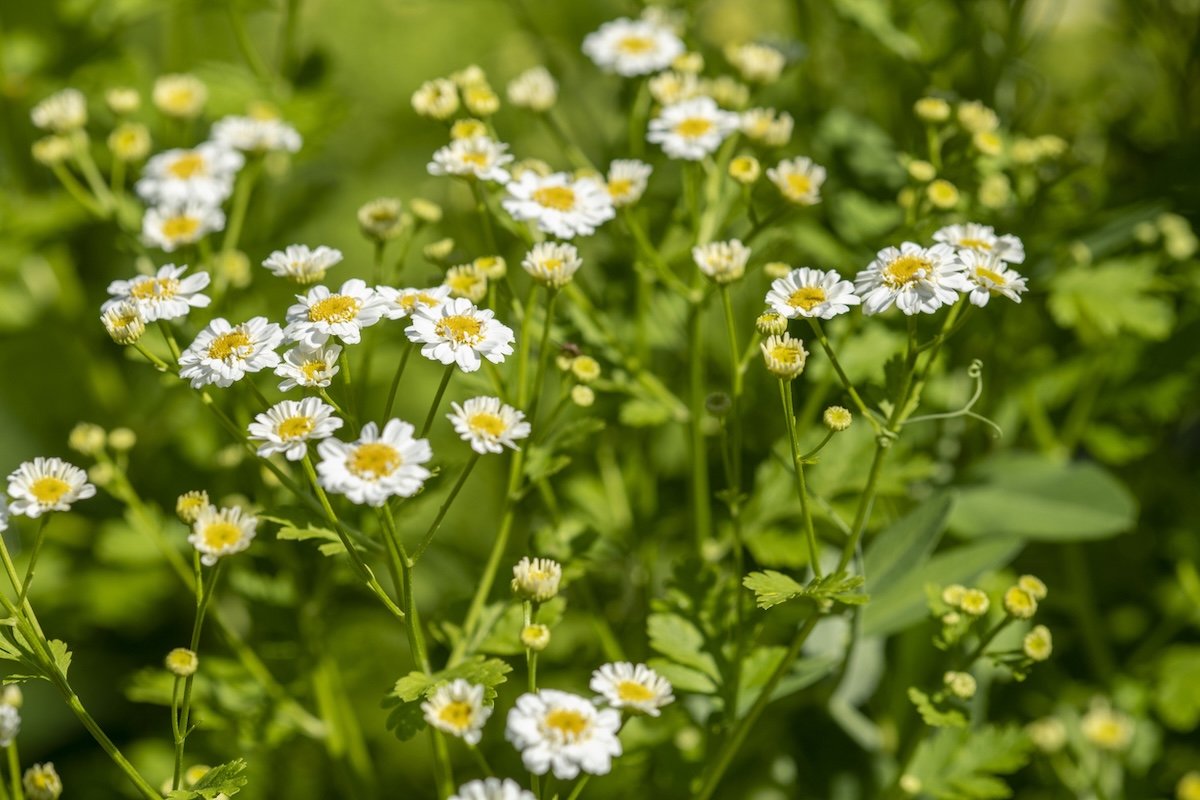
“You can either seed chamomile directly onto your lawn or transplant seedlings from indoor pots,” Yamaguchi says. The best time to plant chamomile seeds is spring or early fall. If starting seeds indoors, sow 6 to 8 weeks before the average last frost date in your area, and transfer the chamomile seedlings to the lawn after the last frost.
Transplantation results in a sturdier lawn, according to Yamaguchi, as long as seedlings are planted during appropriate seasonal times and during early chamomile growing stages.
“Chamomile isn’t the most aggressive of plants, meaning that you can’t just throw it in your grass lawn and let it run wild,” says Ryan Farley, co-founder and COO of LawnStarter. “You’ll have to prepare the ground by killing your grass and any weeds, then plant chamomile once the ground is clear.” Although it might take more time, replacing your grass lawn with a sown chamomile-only lawn produces optimal results. The basic steps include:
- Clear the site. “You have to take the time to kill all of the existing vegetation with a tarp for at least one summer before chamomile will really take root,” Friedman says.
- Prepare the soil. Work 3 inches of compost and 1 inch of sand into the soil and rake it smooth.
- Broadcast seeds. In late spring or early summer, sow at a rate of ½ ounce per 1,000 square feet and cover with a thin layer of dirt. Seeds need light to germinate. Lightly tamp the seeds into the ground. (Alternatively, seeds can be started indoors 6 weeks before the last frost. When the seedlings are 1 to 2 inches tall, they’re ready to transplant to the lawn. Plant them 8 to 12 inches apart.)
- Water thoroughly. The soil should be moist.
- Mist daily. Maintain moisture until seedlings appear.
- Thin the seedlings. They should be 6 inches apart when they’re 3 inches tall.
- Avoid walking on them. Keep off the lawn area for at least 12 weeks to allow the plants to get established. Chamomile also can be propagated easily through cuttings and division.
Chamomile Lawn Maintenance
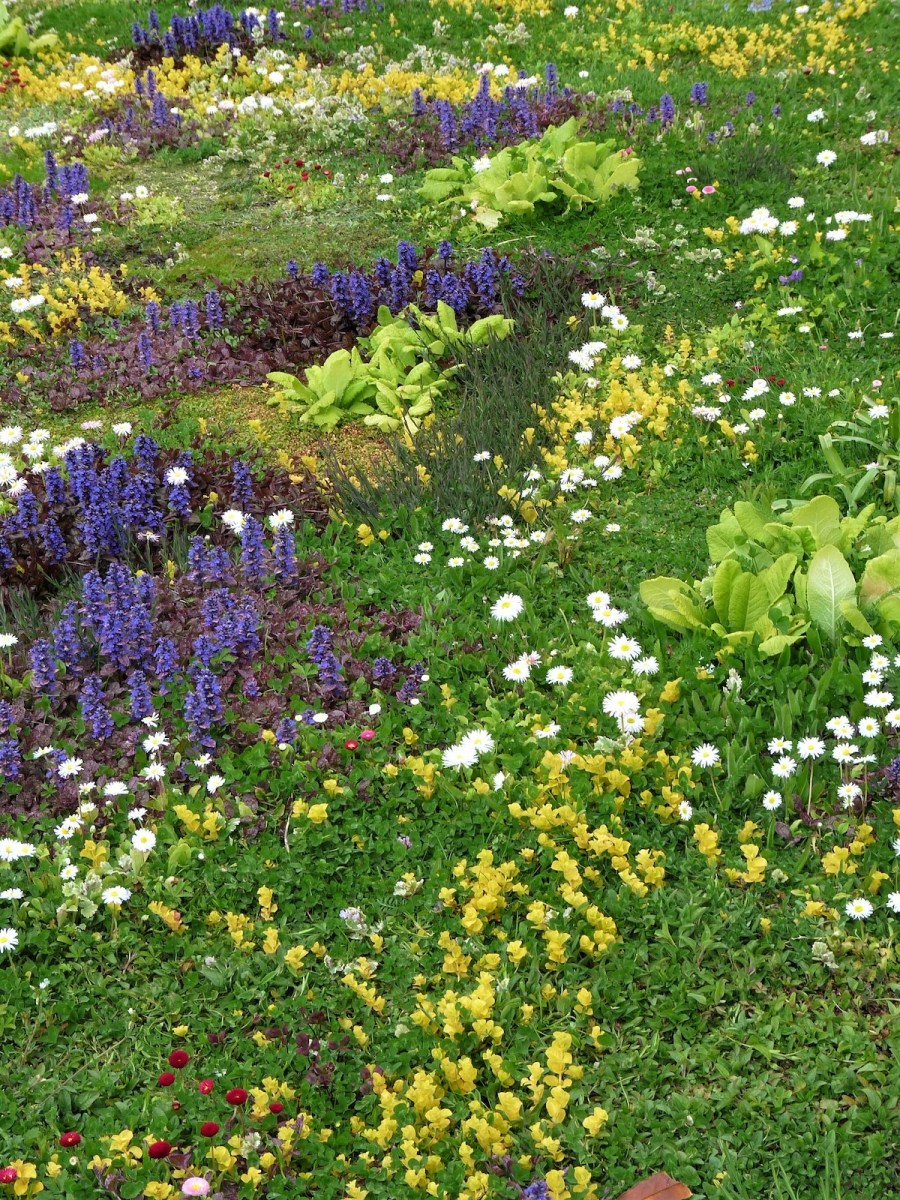
Once established, a chamomile lawn requires little care. Manually pull weeds as they appear; do not use an herbicide. “Mowing every couple of weeks encourages the plants to spread and maintains the desired height of 2 to 4 inches tall,” says Gerardo Loayza, founder and CEO of Bacqyard. Overseed spots of patchy growth.
Give chamomile lawns about 1 inch of water per week during the first season; after that, it’s drought-tolerant, although it may need watering during dry periods. “In very hot weather, chamomile may start to brown and go dormant, but typically revives when temperatures cool,” Loayza advises. Be sure it’s planted in well-draining soil.
Some sources believe chamomile needs no fertilization, but Loayza recommends an annual spring feeding with a balanced fertilizer to encourage new growth. While fairly resistant to pests and diseases, any issues such as an aphid infestation or powdery mildew should be promptly addressed.

